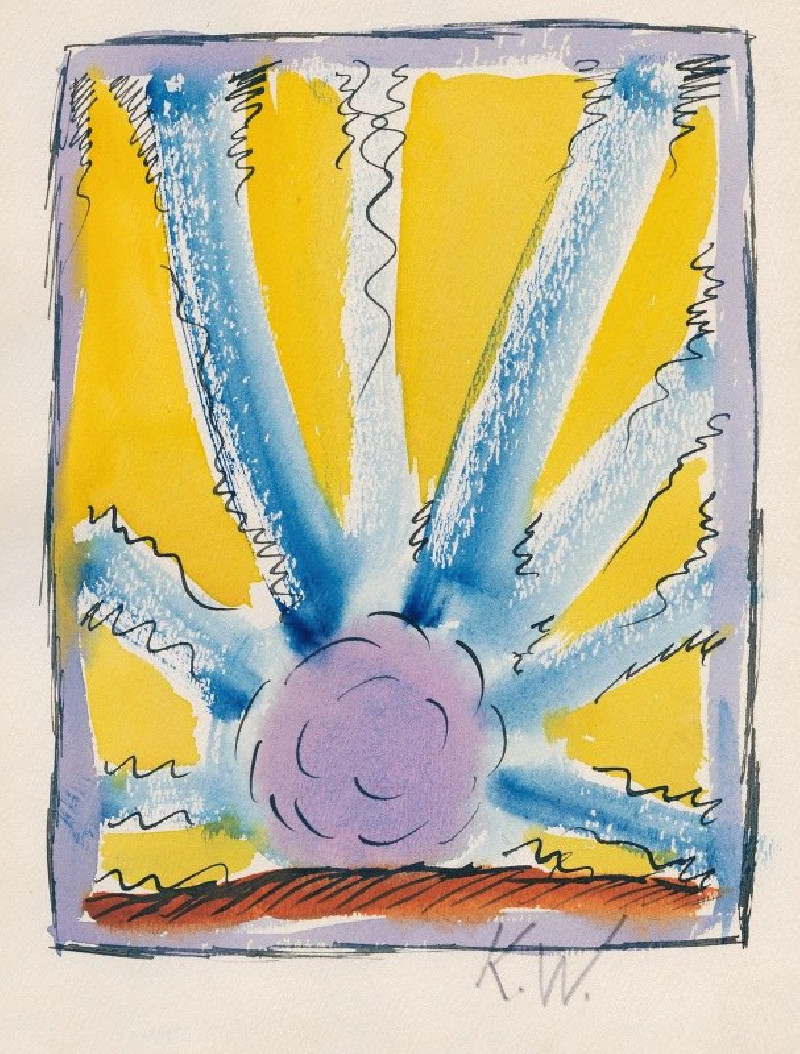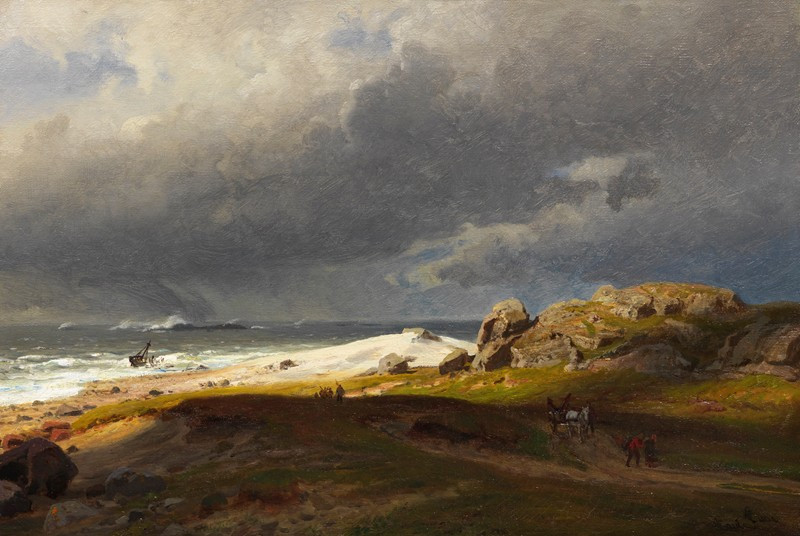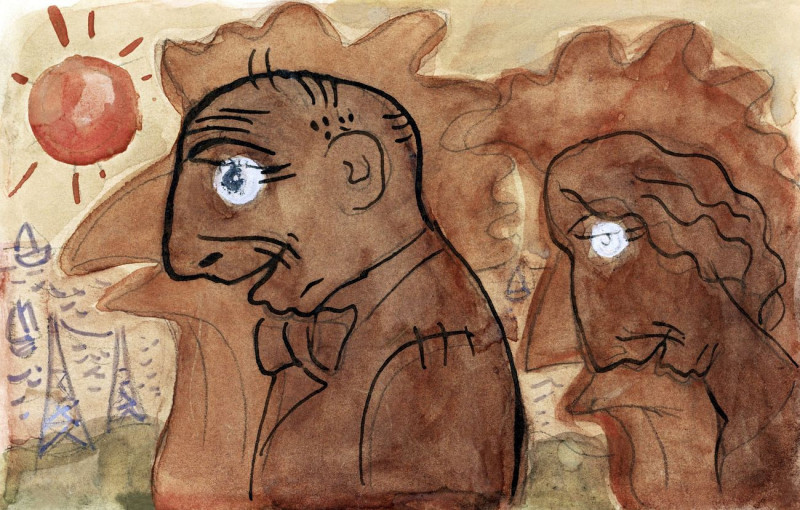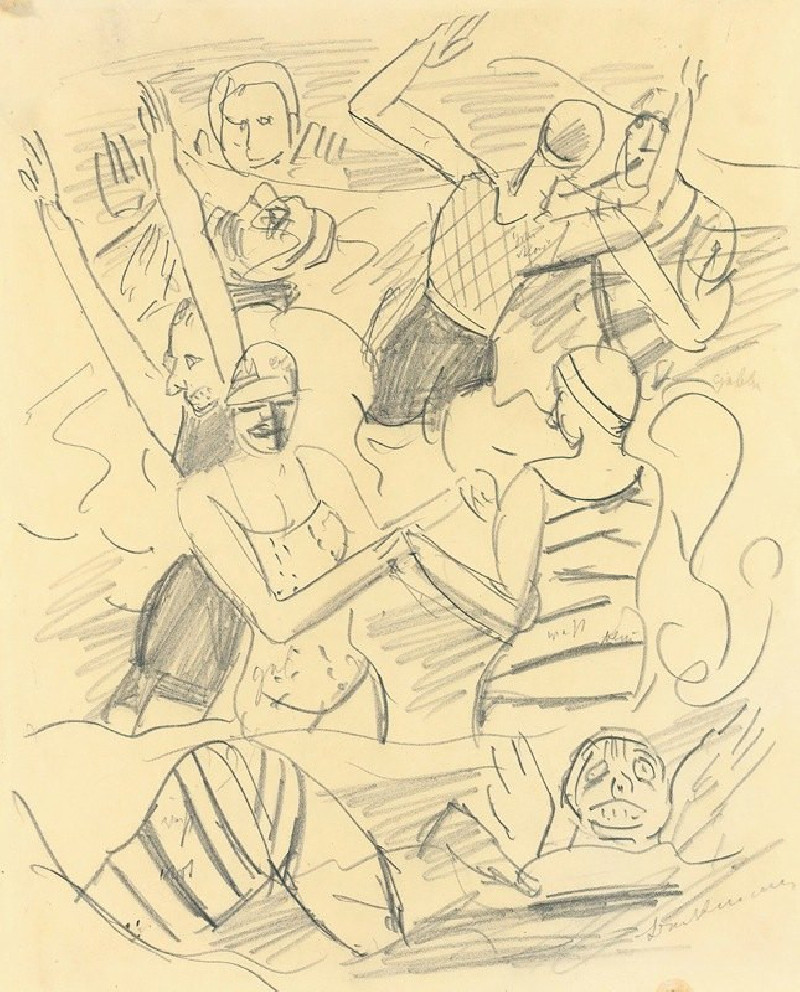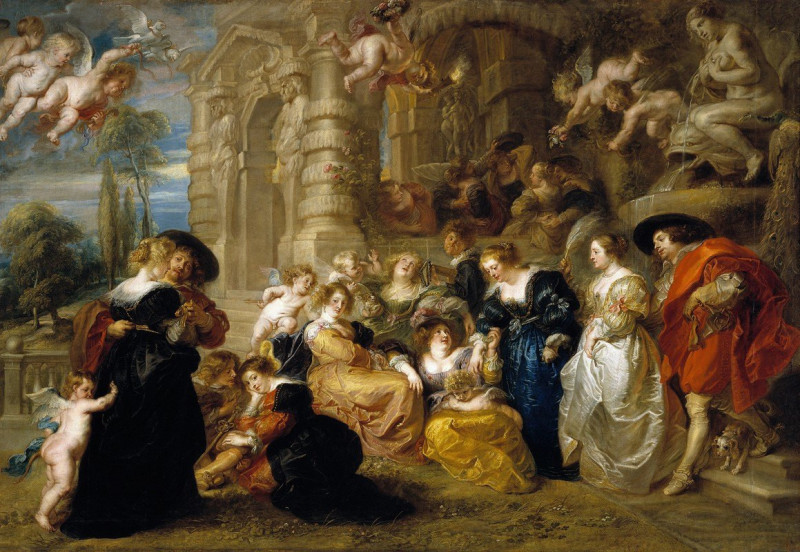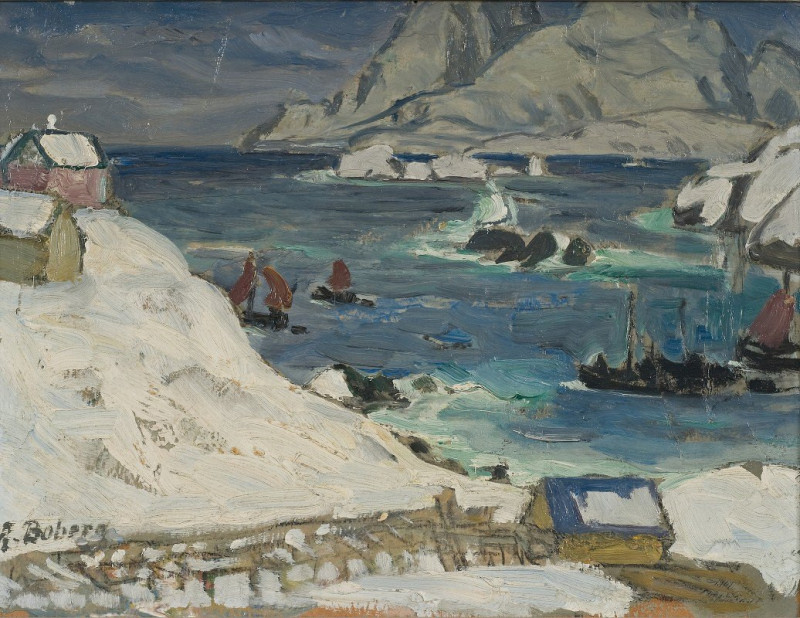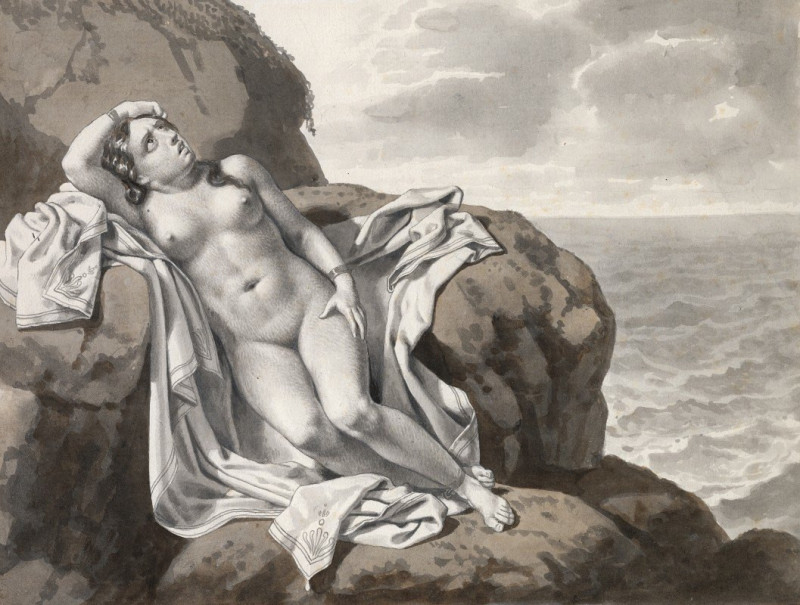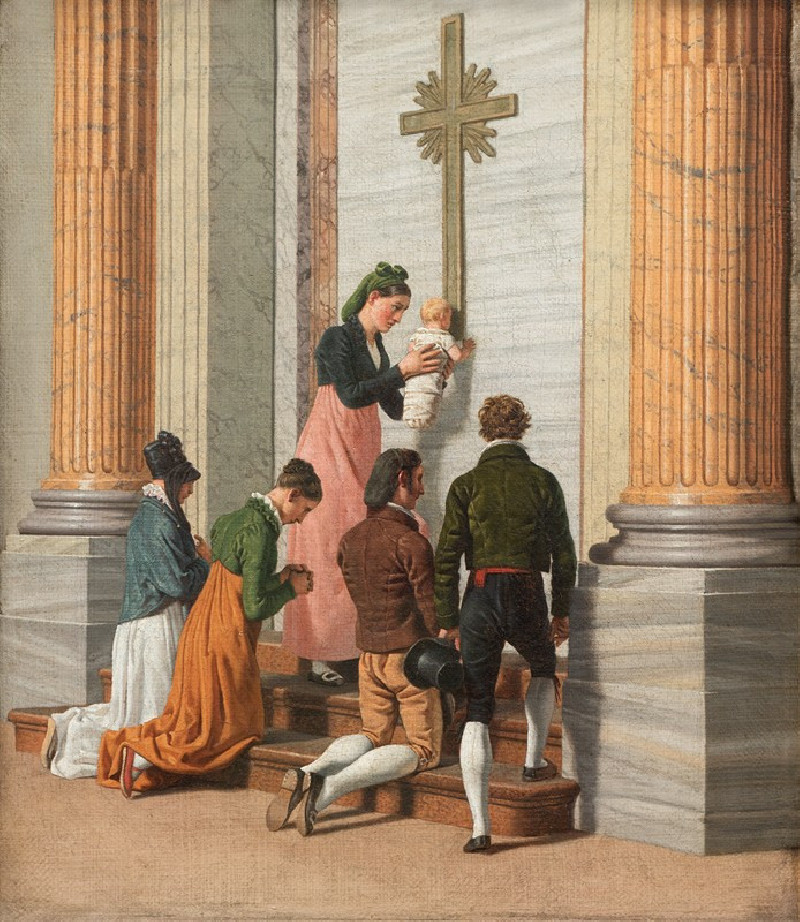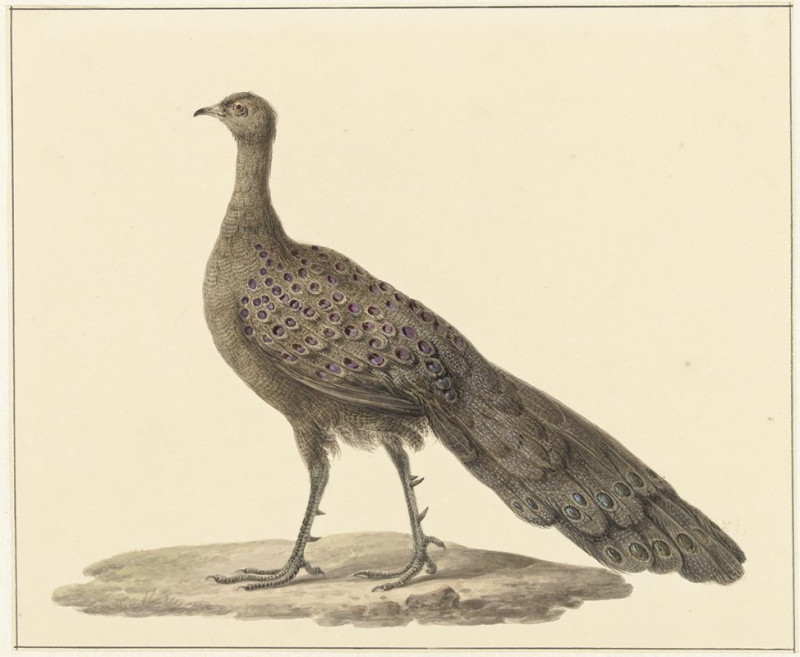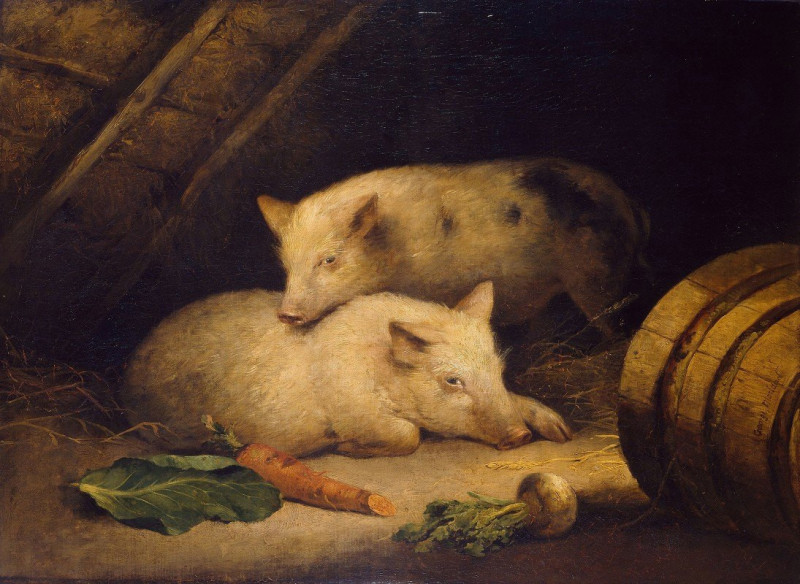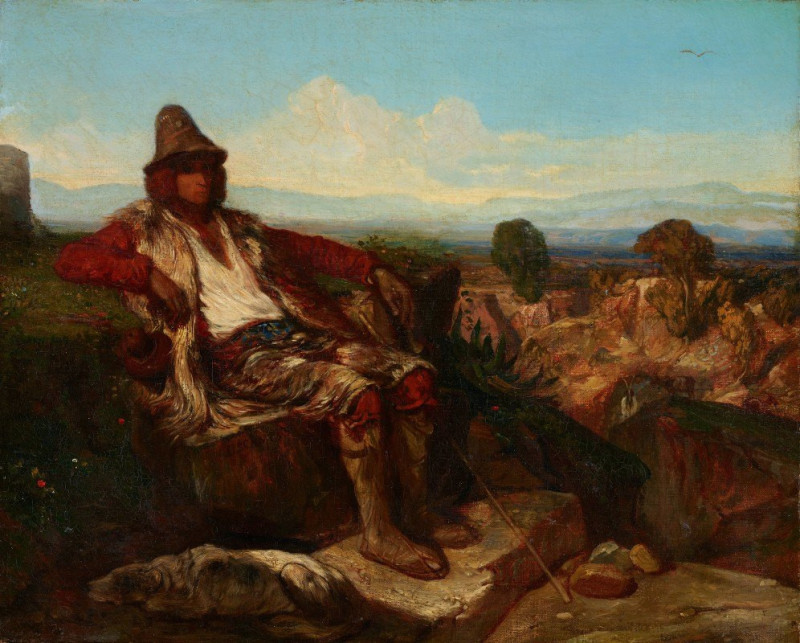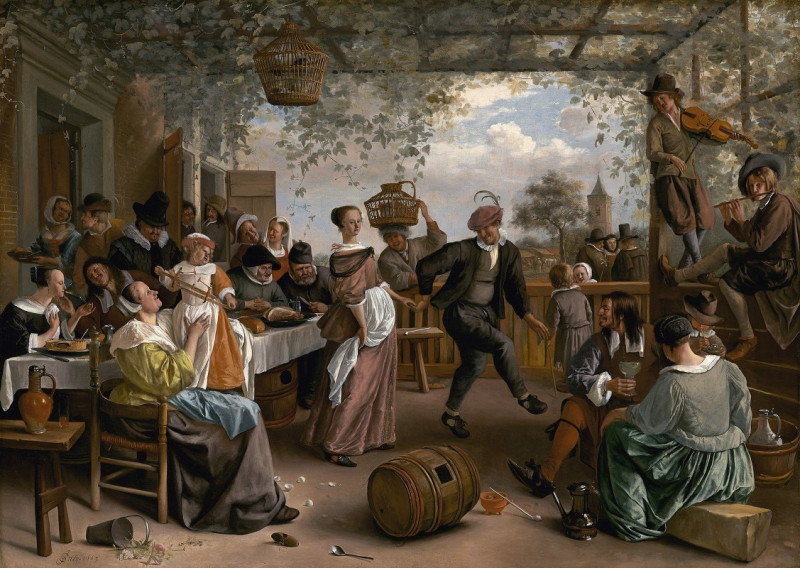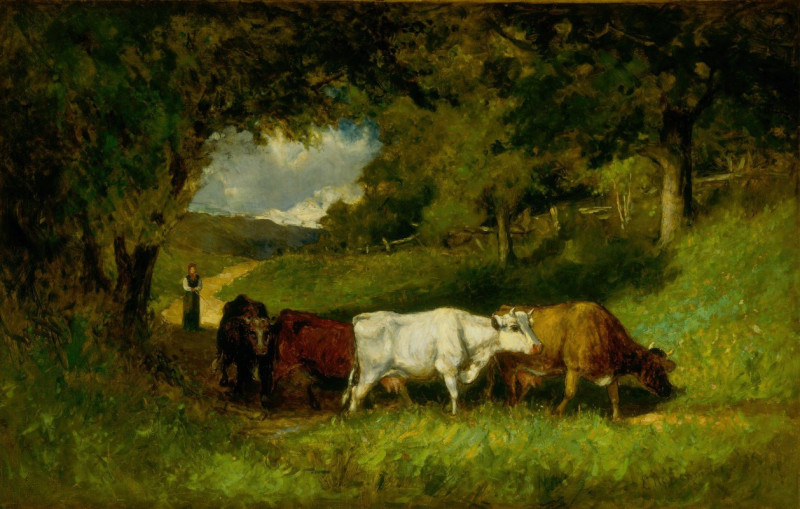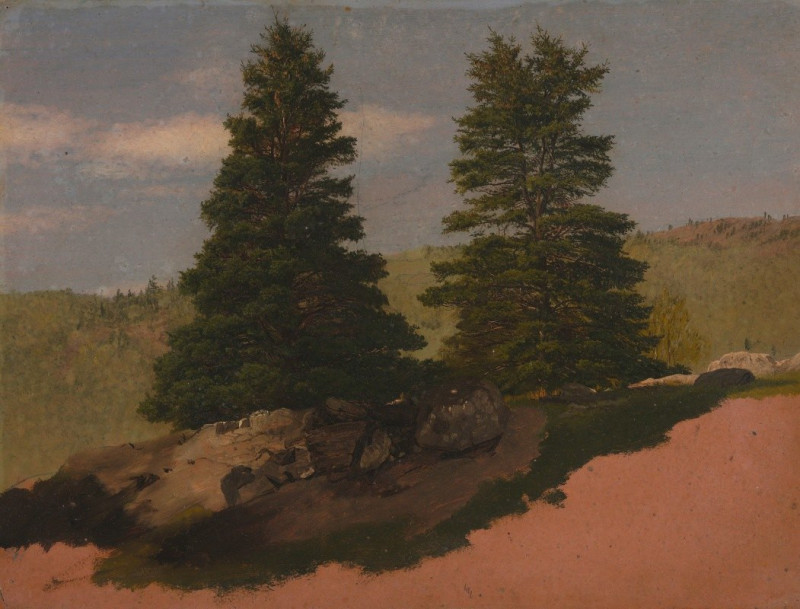Aus meinem Leben, 50 Blätter XIV (1923)
Technique: Giclée quality print
Recommended by our customers
More about this artwork
Karl Wiener's captivating work "Aus meinem Leben, 50 Blätter XIV" (From My Life, 50 Sheets XIV), painted in 1923, is a vibrant exploration of abstraction that invites viewers to experience an evocative spectacle. This piece draws attention through its radiant choice of colors and dynamic forms which are emblematic of the tumultuous early 20th century European art movements.At the center of the painting lays a large, nebulous form in lilac, spreading its mysterious influence outward into the surrounding space. Explosions of bold yellow and vivid blue seem to emanate from this central entity, their sharp, jagged edges mimicking rays of light or energy bursts, creating a sense of movement and intensity. Below, a segmented, warm brown terrain grounds the composition, suggesting a landscape or a platform from which this metaphysical or cosmic event emerges.Wiener’s technique involves a playful yet thoughtful application of watercolor with ink outlines, providing clarity of forms while also allowing the colors to blend seamlessly, indicating both order and chaos.

